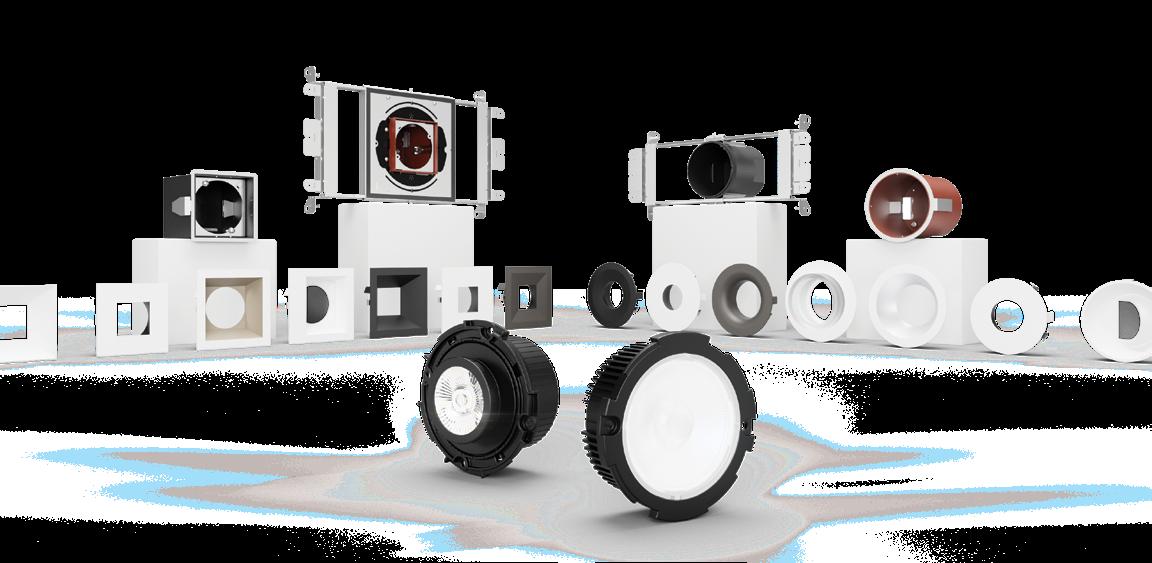
3 minute read
CEDIA Says
The Evolution of the Integrator It’s Time to Recognize the Role the Integrator Plays in Ensuring the Home Technology Industry Thrives
By Jessica Guyon
Each year, CEDIA conducts an Integrated Home Market Analysis of the residential electronic systems industry to quantify, segment, characterize, and forecast the market at large. The 2022 results, published in partnership with leading market research firm Ancrage Consulting LLC, consist of 65 pages of research indicating the home technology industry is strong, and not only that, it’s growing.
The upward momentum from the past two years has been largely attributed to the COVID19 pandemic and the stay-at-home orders that forced people to reestablish their work and social lives from home. While that has certainly played a large part, the historical data proves the residential technology market had been growing steadily even before the pandemic — so steadily that from 2012-2018 the annual market size grew almost consistently by $2 billion per year.
Some might say that technology has become more present in our everyday lives than it was even five years ago. But technology has always been there, it’s just evolving, as are the people who install it.
The Integrator Life Cycle
Most integrators will tell you they didn’t start off with the laundry list of services they offer now. Likely, they broke into the industry through one or a few specialized categories (often AV) and gradually added from there based on resources, consumer demand, and current trends.
Luckily for integrators, the home technology industry is the sum of many parts — AV, lighting, security, shading, home theater, and more — so, even when one category may be experiencing a slower rate of growth, there are a multitude of others that are thriving.
The same cannot be said for installers of singular form of technology.
When asked about changes that they see coming over the next few years, one integrator noted, “More and more homeowners will ‘cut the cord’ and go to streaming-only subscriptions, such as YouTube TV, Hulu TV, etc., as opposed to cable TV and satellite subscriptions.”
For cable and satellite installers, this sounds catastrophic. For technology integrators, this is just a new way of doing business.
Integrators’ Competition
Technology integrators’ ability to adapt with the onset of each new technology does not mean they lack competition. Most notably, the DIY segment has provided an alternative way for consumers to access smart home technology. But what sets integrators apart is their ability to build upon existing knowledge to create an entirely new experience. It’s also what keeps this industry so exciting.
One integrator commented, “There has been a lot of growth in the mid-market that many integrators serve. In fact, the benefit of DIY devices is that integrators have more choices and the ability to scale systems to meet a range of budgets. Dealers and integrators need to be at the top of their game to keep up with trends in categories like wellness, lighting, and shading. However, these changes need to be backed by professional development.”
Establishing a staff training budget each year is vital to an integrator’s long-term success. This industry is anything but stagnant, and wellinstalled technology is the reason consumers have the desire to continue adding more of it to their homes.
Investing Where It Counts
As CEDIA Technology Advisory Council member Gordon van Zuiden puts it, “Technology integrators are like general practitioners.” In other words, their skillset is extremely versatile, and their work touches nearly every room of the home. It also means they have a lot of work to do behind the scenes to keep up with trends, best practices, standards, brands, and more across multiple categories.
The research shows the number of projects for integrators is increasing each year, and consumers have a newfound understanding of what it takes to get what they want.
One integrator foresees a rise in “the willingness of consumers to accept the cost of a properly designed and installed home network.”
By matching a consumer’s investment in their home with an investment in themselves, integrators can be certain that they will be prepared for the next phase of evolution. x
Professional integrators need to be at the top of their game to keep up with trends in categories like wellness, lighting, and shading, but these changes need to be backed by professional development. Photo: Hunter Douglas










